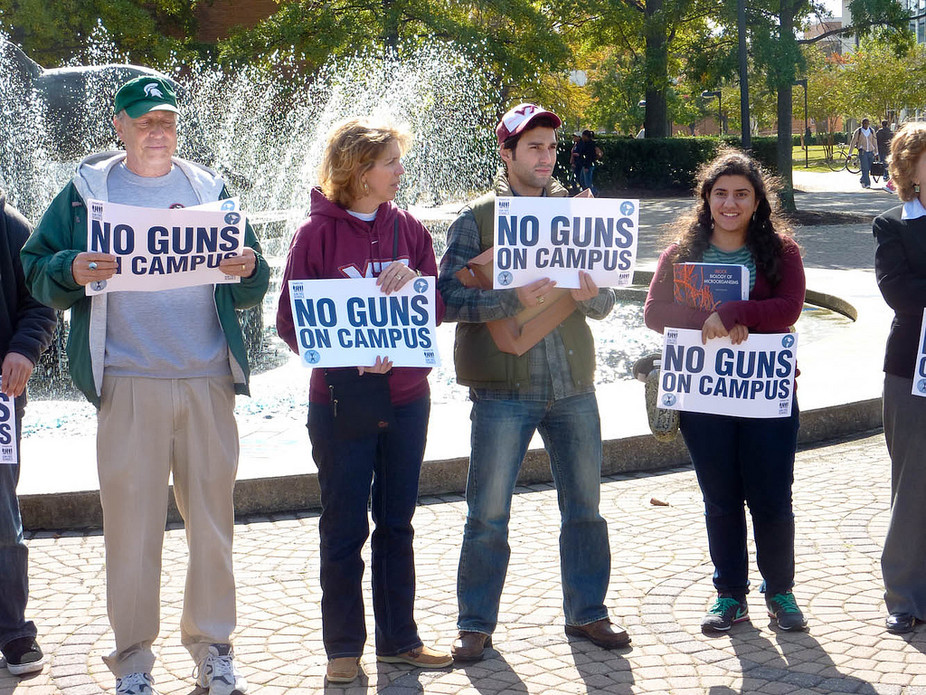Are you looking for strategies to teach students to make efficient use of their time? If so, keep reading.
1. Make sure that tasks are scheduled to minimize free time.
2. Designate a peer for the student to interact with during free time.
3. Connect with parents to disseminate information about the student’s progress. The parents may reinforce the student at home for making appropriate use of free time at school.
4. Create, with the student, a list of high interest free-time learning activities that require varying amounts of time to perform.
5. Do not provide too much free time for the student.
6. Urge the student to assist younger peers in free-time learning activities.
7. Urge the student to plan the use of free time in advance.
8. Urge the student’s peers to include them in free-time learning activities.
9. Create centers of high interest learning activities at appropriate levels of difficulty for the student’s use during free time.
10. Create free-time rules: • Find a learning experience. • Spend time quietly. • Remain in designated areas. • Put learning materials away when free time is over. Examine rules often. Praise students for following the rules.
11. Assess the appropriateness of free-time learning activities to ascertain whether the student can be successful with the learning experience and the duration of time scheduled.
12. Find academically related free-time learning activities for the student to perform (e.g., flash card learning activities with peers; math, reading, or spelling board games; etc.).
13. Give the student a special responsibility during free time (e.g., grading papers, straightening books, feeding pets, etc.).
14. Give a quiet, reasonably private area where the student can do anything during free time.
15. Provide the student an individual schedule to follow so that when a learning experience is finished, they know what to do next.
16. Get the student to be a peer tutor during free time.
17. Get the student to act as a teacher’s assistant during free time.
18. Get the student to begin an ongoing project during free time that will be a regular free-time learning experience.
19. Get the student to question any directions, explanations, or instructions not grasped.
20. Select a peer to model appropriate use of free time for the student.
21. Find a specific learning experience for the student to take part in during free time.
22. Intervene early and often when there is a problem to prevent more severe problems from happening.
23. Consider using a classroom management app. Click here to view a list of apps that we recommend.
24. Consider using an adaptive behavior management app. Click here to view a list of apps that we recommend.
25. Consider using Alexa to help the student learn to behave appropriately. Click here to read an article that we wrote on the subject.
26. Click here to learn about six bonus strategies for challenging problem behaviors and mastering classroom management.





